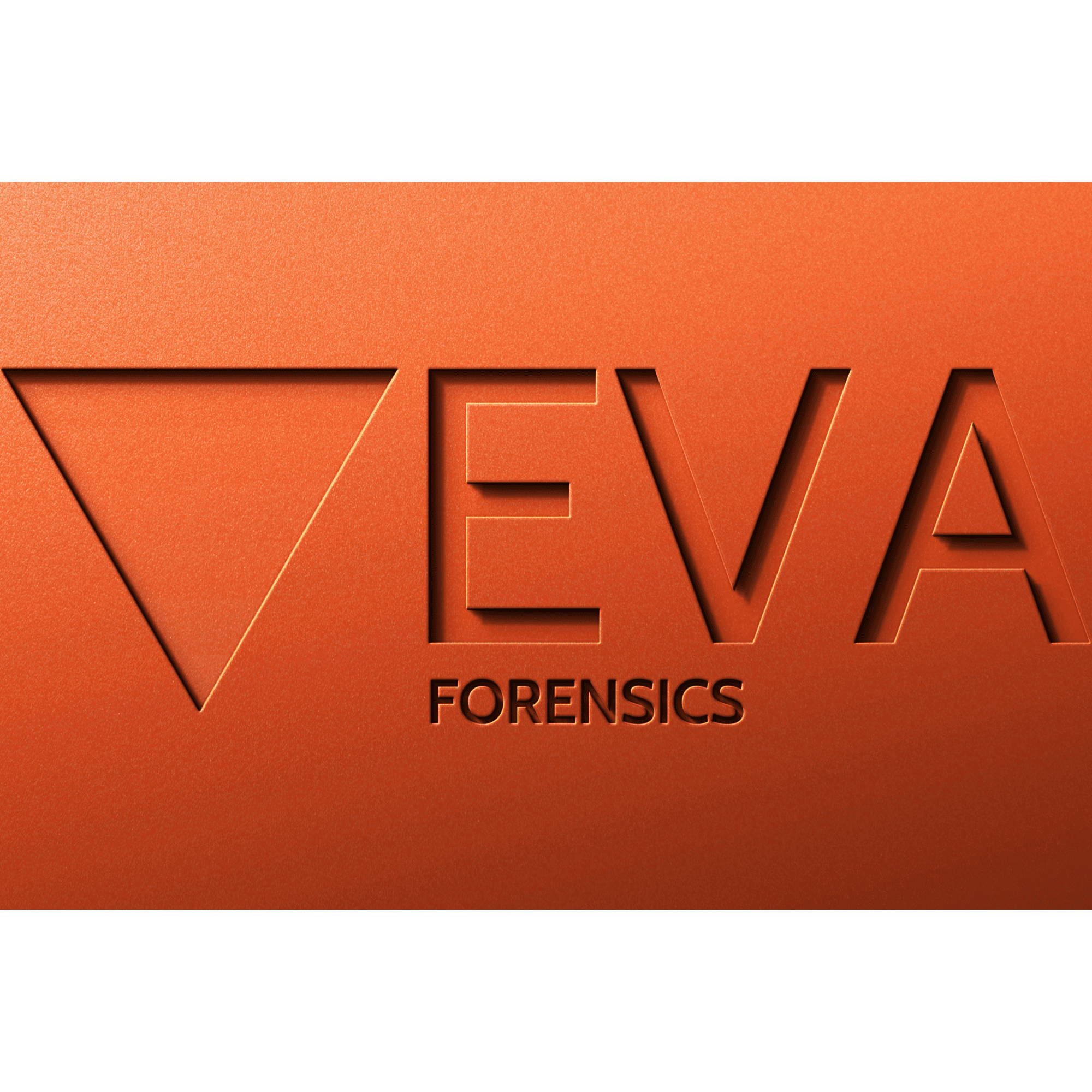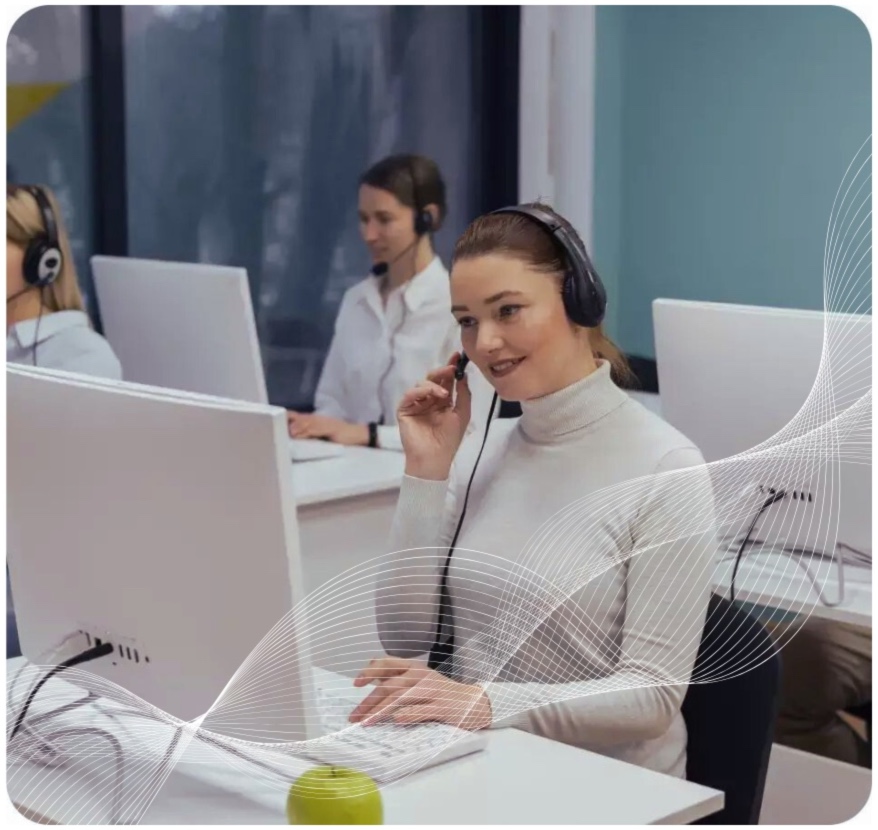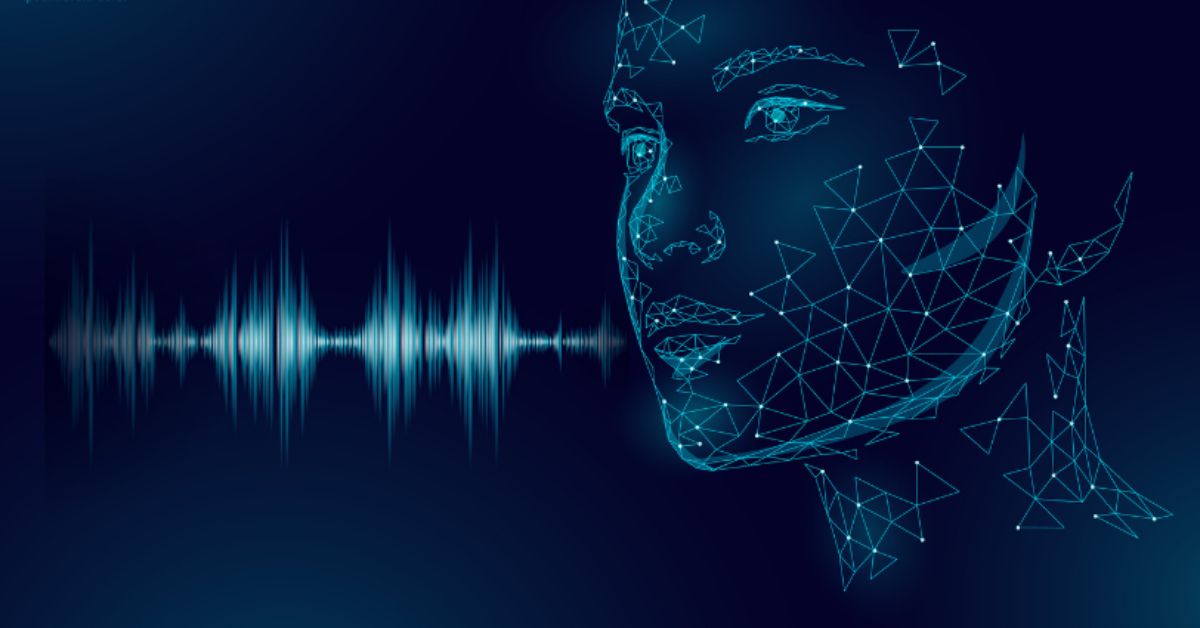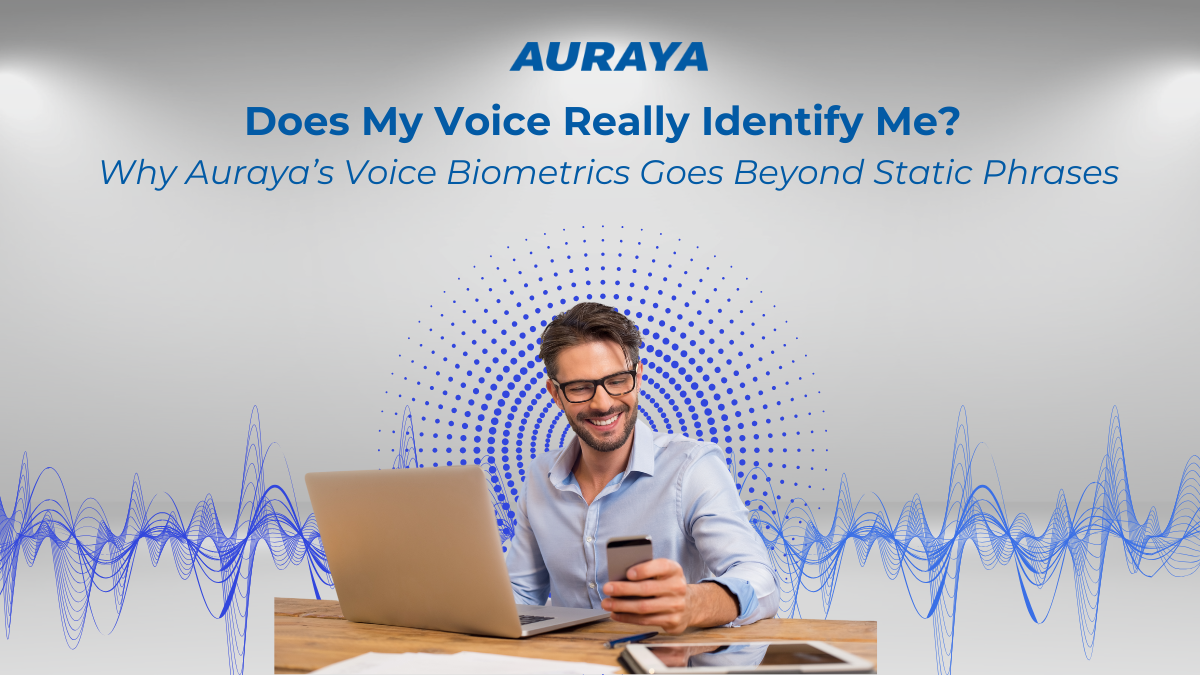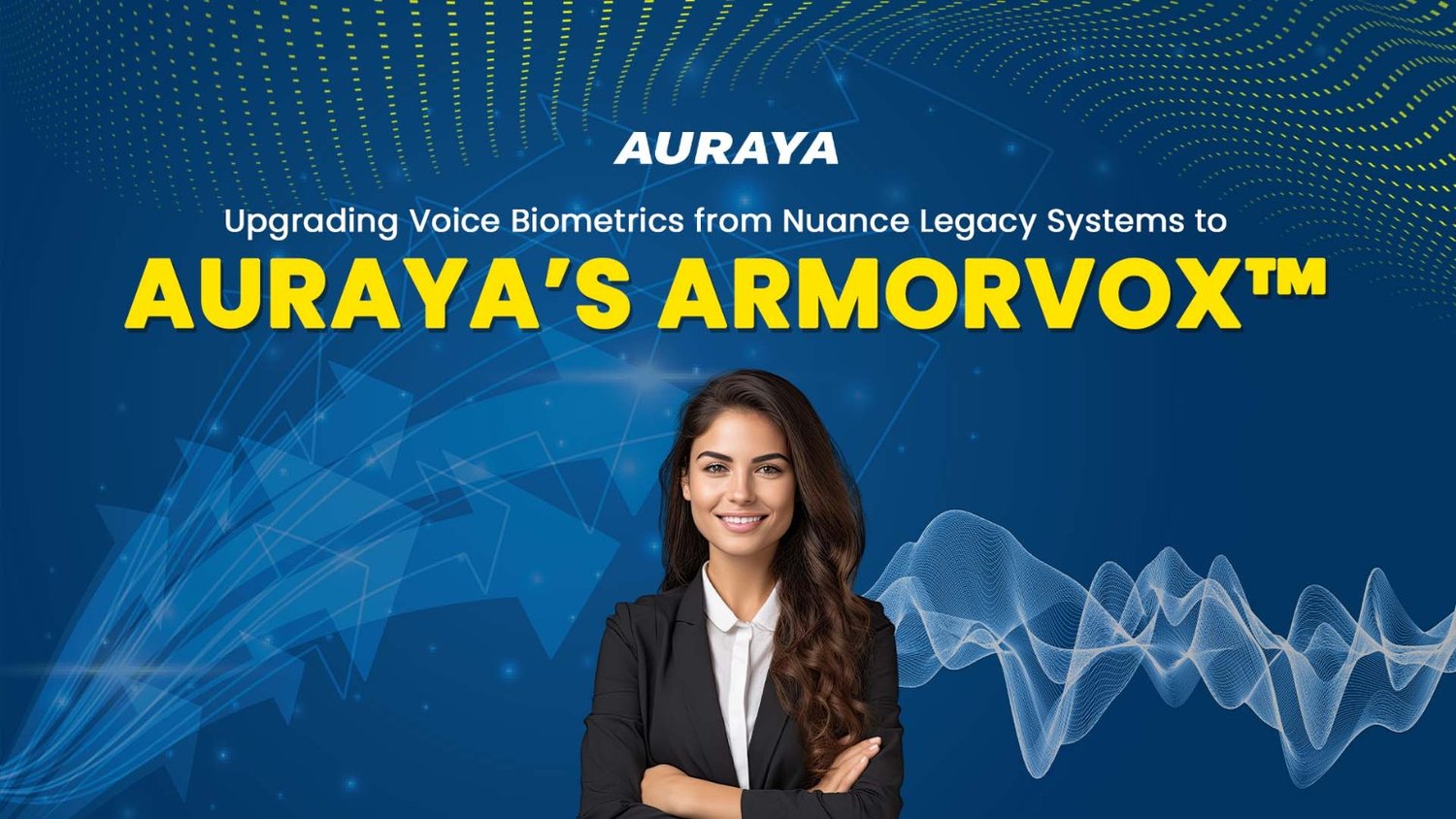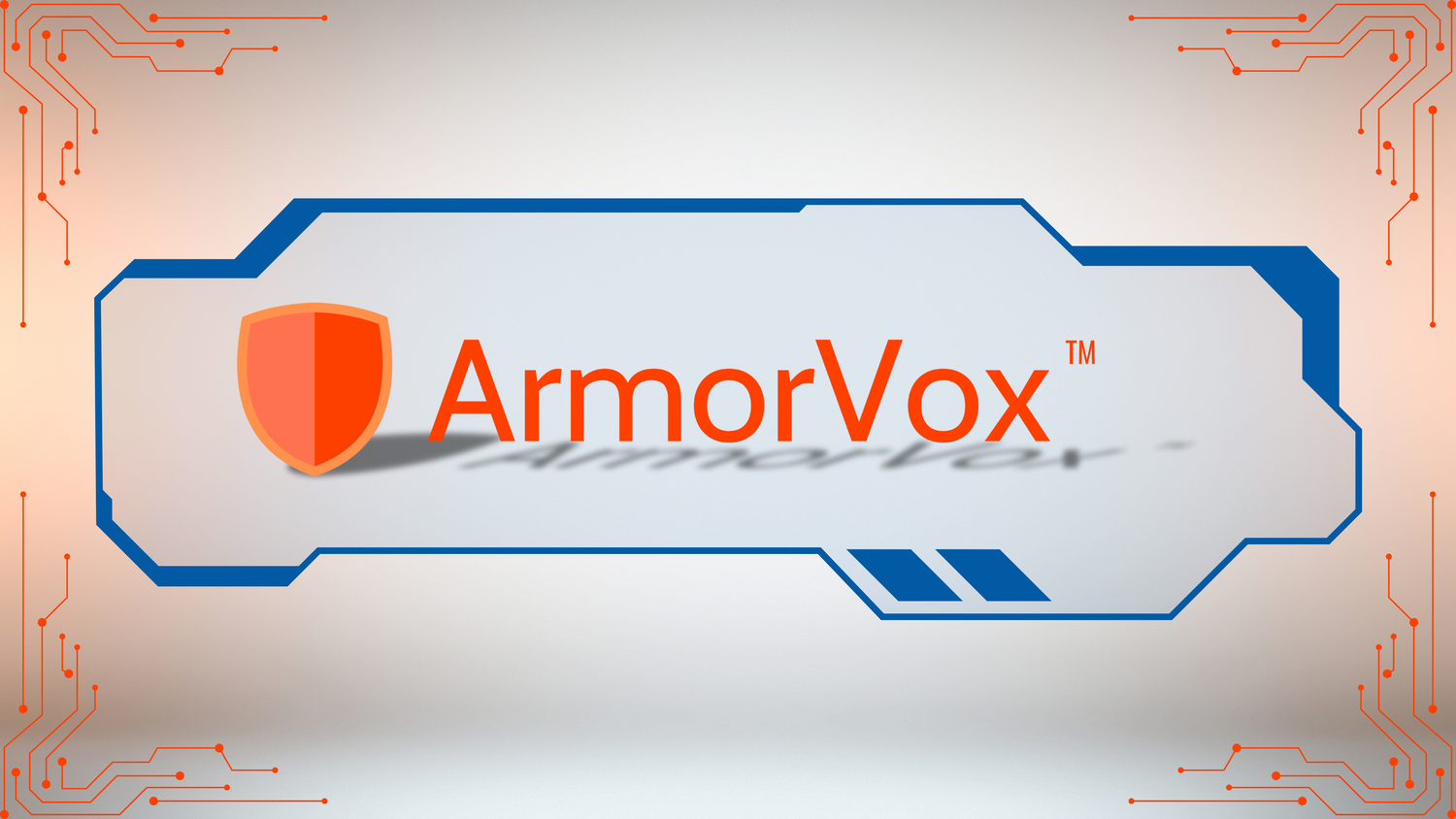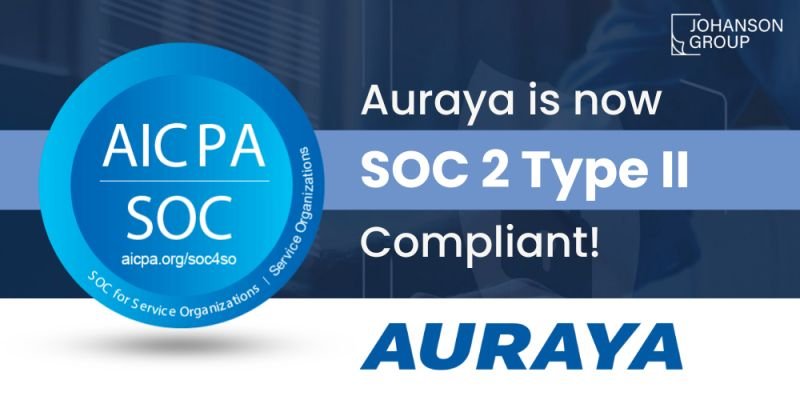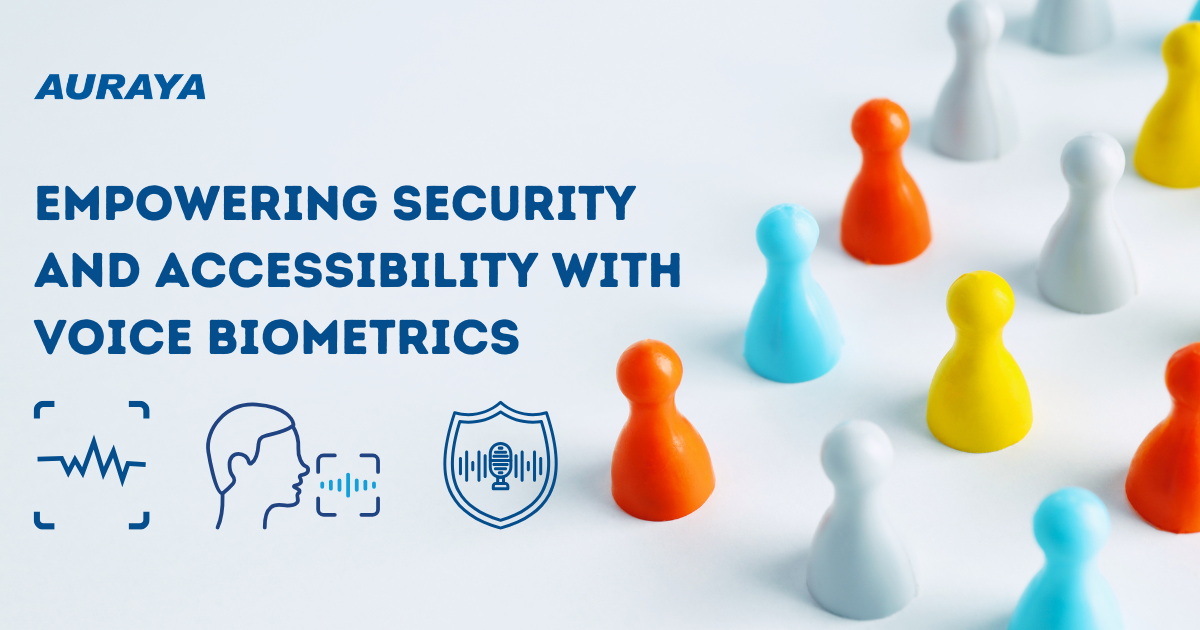Contact centers are hotspots for fraud activity. In fact, according to First Orion, there was a 118% increase in scam calls from 2020 to 2021. Organizations will be susceptible to the many types of contact center fraud attacks. These affected organizations experience not only direct financial losses, but often the more damaging repercussions from the loss of customer trust.
Fraud in Contact Centers
Human errors and lack of awareness and training makes unsuspecting customers and agents excellent attack vectors. Fraudsters take advantage of unsuspecting customers and agents by impersonating someone they are not. Fraudsters can impersonate an agent to trick their victims into providing them with their personal information. Fraudsters can also steal the identity of their victims and trick agents into giving them account access. This can lead to account takeover attacks, further defrauding their victims.
Contact center fraud can be repeatable and scalable for fraudsters as once they work out how to attack an organization, they can repeat the process and maintain anonymity with caller ID spoofing techniques.
Currently, organizations implement defensive measures to protect their customers and agents from potential fraud attacks. Some of these methods include agents asking customers for personal information and answers to security questions or providing a one-time passcode. However, these knowledge-based authentication methods only prove that the person calling knows the right answers, and not that the caller is the person they are claiming to be. These methods often prevent legitimate customers from getting convenient access to the information or service they want but don’t deter well-informed fraudsters. This leads to additional costs per customer service and poor defense against fraud.
EVA Voice Biometrics
Fortunately, Auraya’s EVA Voice Biometrics suite provides step-up security over traditional security methods. EVA for Contact Centers enables organizations to verify callers in the IVR, or whilst talking with an agent using their unique voice prints. Once a customer is enrolled, they can then use their voice to verify their identity to get secure yet convenient service.
Verifying callers in the IVR helps reduce agent handling times and reduce operational costs by replacing outdated verification methods such as one-time passcodes. Verifying in the IVR also allows for personalized self-service options, helping callers reach the service they require much faster. Callers can also be continuously monitored in the background whilst talking to an agent to ensure that the agent is speaking to the right person throughout the conversation.
Customers that want the convenience of dealing with an organization via digital channels such as apps, chat, messaging, websites and social media can get the benefit of security and convenience using EVA Web. A person just needs to touch the microphone icon displayed on the screen and say the one-time passcode to get secure access to services or confirm a transaction.
Fraudsters often hit the same contact centers repeatedly as there are often little to no consequences when they are not caught. With EVA Forensics, organizations can create voiceprints of fraudsters from historical call recordings. EVA Forensics then monitors all conversations. EVA can alert the organization in real-time if it suspects any conversation has a ‘suspected fraudster’ in conversation with an agent or a bot. This pre-emptive alert can flag the call for special handling and reduce repeat fraud.

